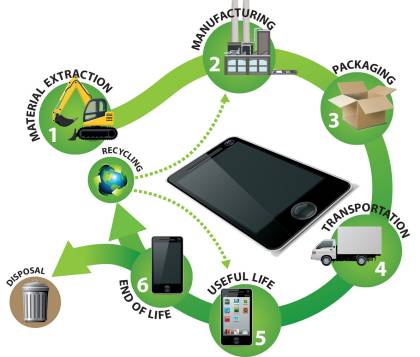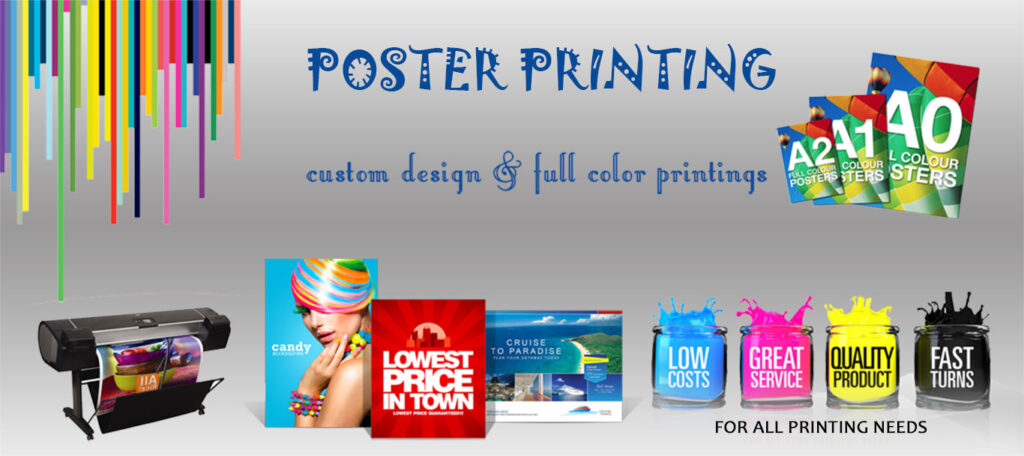
Charity, a concept deeply rooted in human history, embodies the spirit of giving, compassion, and altruism. It is a powerful force that has the potential to transform lives, uplift communities, and build a better world for everyone. In this article, we will explore the significance of charity, its various forms, and the profound impact it has on individuals and society as a whole.
Understanding Charity: Charity is more than just a monetary donation; it encompasses a broad spectrum of acts aimed at helping those in need. Whether it’s providing financial aid, volunteering time and skills, or donating goods and services, charity is the embodiment of humanity’s collective desire to make a positive difference in the lives of others.
Forms of Charity:
- Monetary Donations: One of the most common forms of charity involves contributing money to charitable organizations or directly to those in need. This can fund various initiatives, from healthcare and education to disaster relief and poverty alleviation.
- Volunteerism: Giving time and expertise is a powerful way to support charitable causes. Volunteers play a crucial role in organizations that work towards social welfare, environmental conservation, and community development. Their dedication often leads to tangible, on-the-ground improvements.
- In-Kind Donations: Apart from financial contributions, donating goods and services is another form of charity. This includes providing food, clothing, medical supplies 慈善機構, and other essentials to those facing hardships.
- Corporate Social Responsibility (CSR): Many businesses recognize their responsibility to contribute positively to society. Through CSR initiatives, companies engage in charitable activities such as supporting education, environmental conservation, or community development projects.
Impact on Individuals:
- Empowerment: Charity empowers individuals by providing them with the necessary resources to overcome challenges. This empowerment can lead to improved quality of life, increased self-esteem, and a sense of hope for a better future.
- Education: Charitable contributions often fund educational programs, scholarships, and infrastructure, opening doors to knowledge and skills that can break the cycle of poverty and create a more educated society.
- Healthcare: Charitable efforts in healthcare provide access to medical services, medications, and preventive measures, contributing to better health outcomes for those who might not otherwise afford such care.
Impact on Society:
- Community Development: Charity plays a crucial role in community development, fostering social cohesion and creating resilient, self-sufficient communities. This, in turn, leads to a more stable and harmonious society.
- Crisis Response: Charitable organizations are often at the forefront during times of crisis, providing immediate relief and long-term support. Whether responding to natural disasters or addressing social issues, charity helps communities rebuild and recover.
- Global Connectivity: In an interconnected world, charity knows no borders. Global charitable efforts create a sense of shared responsibility, encouraging collaboration and solidarity in addressing global challenges such as poverty, climate change, and health crises.
Conclusion: Charity stands as a beacon of hope and compassion, showcasing the best of humanity’s collective spirit. Through acts of kindness, whether big or small, individuals and organizations alike contribute to the well-being of others and, by extension, the entire world. In a society driven by empathy and a commitment to making a positive impact, charity becomes a powerful force for building a better, more inclusive future.







